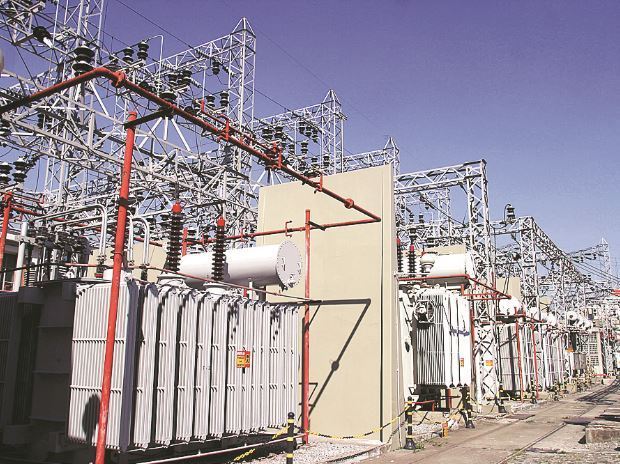A new research published last week by Willem Westerhof describing an outsized scale cyber attack targeting the crucial electrical infrastructure based on existing outline that he published in ITsec 2016.
He titled as Horus scenario which focuses on Cyber attack on PhotoVoltaic-installations and recreating solar energy if an attacker gained control over PV-installations by injecting malware he can cause huge nation wide power outages which cost millions of Euros and will impact in everyone lives.
PV Installations on Powergrid
The function of the power grid is to maintain a consistent balance supply and demand of the power.If it exceeds or decreases the beyond the limit outages may occur. If the attacker has control over such a grid and if he goes more than the maximum peak value outages will occur.
Also read Dangerous Malware detected that is capable of Controlling Electric Power Systems
If the attacker has control over such a grid and if he goes more than the maximum peak value outages will occur.
The researcher said if attacker capable of controlling the flow of power from these devices can, therefore, have a direct effect on the balance of the Power grid.
If attacker having control over a single device it won’t cause a huge problem, but if the attack takes place on a large scale there is a huge problem.
As more and more PV’s are connected over the network either with local or Internet becomes an easy target for hackers to gain access remotely.The researcher published Technical PoC on this.
Unfixed Vulnerabilities
Researches conducted live test setup to discover vulnerabilities with most secure and market leading brand: SMV, who won several outstanding awards for Electrical inverters to provide the scenario. And the researcher’s couple of vulnerabilities exists with PV-installations.
Findings starting from a zero.0 CVSS3.0 (Informational) score up to a nine.0 CVSS3.0(Critical) score was discovered. In total seventeen (later spliced to twenty-one findings as requested by the vendor) vulnerabilities were discovered. Fourteen of that are awarded a CVE-ID.
CVE-2017-9851
CVE-2017-9852
CVE-2017-9853
CVE-2017-9854
CVE-2017-9855
CVE-2017-9856
CVE-2017-9857
CVE-2017-9858
CVE-2017-9859
CVE-2017-9860
CVE-2017-9861
CVE-2017-9862
CVE-2017-9863
CVE-2017-9864









